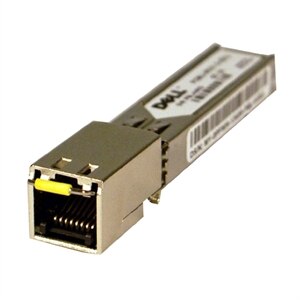


The result of evaluating an SPF mechanism is one of: SPF mechanisms are evaluated one by one from left to right. When no qualifier is prepended to an SPF mechanism, it defaults to "+" (pass). The possible qualifiers, and the results they indicate are:įor example, qualifier "+" indicates pass, while "-" indicates fail, etc. SPF qualifiersĪn SPF qualifier is optionally prepended to an SPF mechanism to denote the result of evaluating that mechanism.

It's recommended to use either ~all or -all at the end of an SPF record to explicitly indicate what the result should be when no match is found. This is what SPF record evaluation defaults to. Note that if there is no match when it reaches the end of an SPF record, neutral is returned. This signals an error condition that definitely requires DNS operator intervention to be resolved. Permerror: the domain’s published records could not be correctly interpreted.Temperror: the SPF module encountered a transient (network) error while performing the check.Softfail: the client IP address is probably not allowed.Fail: the client IP address is not allowed.Pass: the client IP address is allowed.Neutral: it's not stated whether the client IP address is allowed.None: either no valid DNS domain name was found, or no SPF record was found on the domain.There are 2 types of terms in SPF: mechanisms and modifiers, which I will explain below. The SPF module returns an authentication result to the receiving server by evaluating the terms in an SPF record. Support for the SPF RR (Resource Record) type has been dropped since SPF version 1. TXT "v=spf1 mx a:/28 -all"Ī SPF record must be published as a TXT record, rather than the now deprecated SPF record. When published, the above SPF record looks like this in a domain zone file:. Here is an example SPF record: v=spf1 mx a:/28 -all Note that the version part "v=spf1" is mandatory: everything else like "v=spf2" would render the SPF record invalid and cause the receiving server to ignore the record.
#Spf network kit series#
SPF stands for "Sender Policy Framework", which is a mechanism that allows a receiving email server to check if the incoming email is from an IP addresses permitted by a predefined IP address whitelist (SPF record) specified in the DNS (Domain Name System).įor more information on SPF, refer to: RFC 7208 SPF record syntaxĪn SPF record is a single string of text published on the domain in the DNS.Īll SPF records start with exactly "v=spf1", followed by a series of "terms". When an email reaches the receiving server, the server will look up the SPF record in the DNS, and perform a check to determine if the email comes from an authorized IP address. It contains a unique combination of minerals, trace elements, and a high concentration of selenium, a natural antioxidant.An SPF record is a TXT record published in the DNS by the domain owner, which specifies a whitelist of IP addresses allowed to send emails on behalf of the domain. La Roche-Posay Thermal Spring Water: A soothing water sourced in the town of La Roche-Posay in France and a core ingredient in most of our products.
#Spf network kit skin#
It helps hydrate skin by absorbing water from the surrounding environment.ĭimethicone: A silicone-based polymer used as a skin protectant to help reduce water loss. Glycerin: Derived from vegetable sources, it's an excellent humectant. When used in a formula, HA is an effective humectant that can hold a large amount of water to help maintain the skin's moisture. Hyaluronic Acid (HA): A polysaccharide (carbohydrate polymer) found naturally within the skin.


 0 kommentar(er)
0 kommentar(er)
